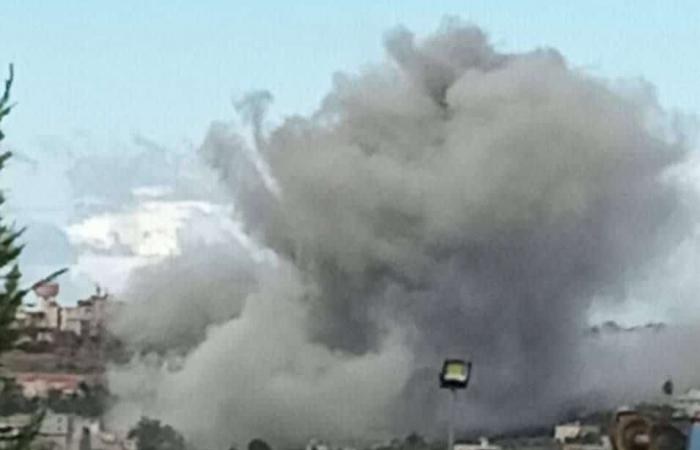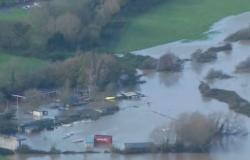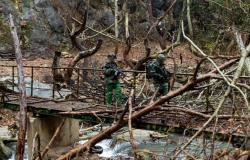– Advertisement –
While negotiations for a ceasefire between Israel and Hezbollah are underway, the situation on the ground remains tense, with an intensification of Israeli airstrikes on areas of southern Lebanon, including Burj al-Barajneh and Tahwitat al-Ghadir, as well as alerts of strikes on several buildings in these localities. Clashes also affected other areas, such as Deir Qanoun El Ain and Jdeidet Marjayoun, where strikes caused significant civilian casualties.
Progress in the talks
Israel and Hezbollah appear close to an agreement, according to statements by Mike Herzog, Israeli ambassador to Washington. This agreement would provide for a gradual withdrawal of Israeli forces from southern Lebanon and a reduction in Hezbollah’s armed presence south of the Litani River. In return, 5,000 Lebanese soldiers would be deployed in the region, supported by UNIFIL forces. However, Israel demands to retain the right to retaliate in the event of a violation of the agreement, a condition that Lebanon considers an attack on its sovereignty.
On the Israeli side, the evacuated residents could only return 2 months after the start of the ceasefire.
However, the negotiations are fragile. Israel’s security cabinet, led by Benjamin Netanyahu, has yet to vote on the deal, while some members, such as National Security Minister Itamar Ben-Gvir, fiercely oppose it. The United States plays a key role in these discussions, having offered Israel guarantees, including on the supply of banned weapons, to facilitate consensus. The Israeli prime minister’s office said a news conference was expected to be held at 6 p.m.
Escalation of fighting and human toll
Despite these diplomatic efforts, the fighting continues. Israeli airstrikes targeted Dahiyeh, a southern suburb of Beirut, as well as houses in Deir Qanoun El Ain, causing significant damage. In Jdeidet Marjayoun, the Lebanese Red Crescent retrieved the body of a civilian killed during a nighttime bombardment. At the same time, rockets launched from Lebanon hit the Israeli town of Kiryat Shmona, causing material damage.
The number of casualties continues to climb on both sides. Israel reports more than 75 deaths, the majority of them civilians, while 50 soldiers died in the clashes. In Lebanon, losses include several civilians and members of the armed forces.
An imminent agreement or a new impasse?
If a ceasefire is finalized, it could calm regional tensions, particularly between Israel and Iran, Hezbollah’s main ally. However, the final stages of the talks remain uncertain, and dissenting voices within both camps could still jeopardize a deal. The lack of consensus could prolong the cycle of violence, further fueling instability in a region already weakened by years of conflict.
– Advertisement –






